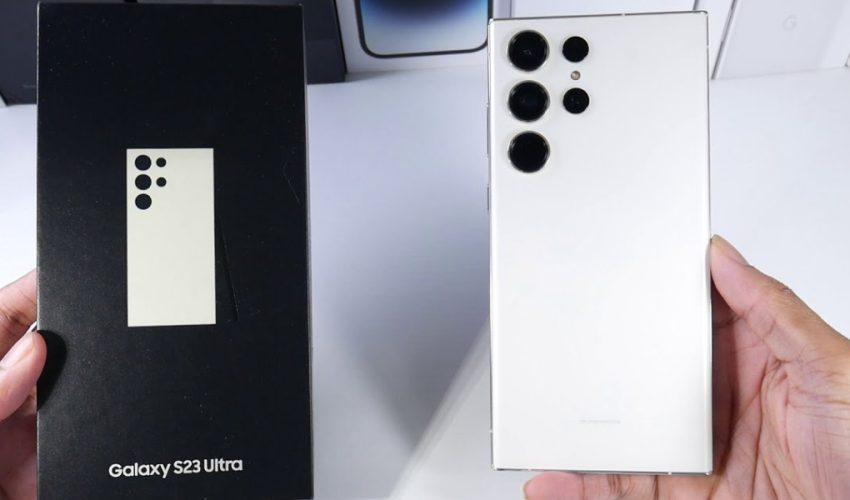The new Google Pixel 7A is an incredible smartphone with a lot to offer. It has a high-tech camera with pixel technology, cinematic blur, real tone, and a Titan M2 security chip that has been certified. You can also count on long battery life, a built-in VPN, and more.
Price
If you are planning on buying a new smartphone, you may want to take a look at the Google Pixel 7A. This handset has many of the same features as its bigger brother but is much more affordable.
As with its other A-series products, Google wants to give customers a high-end experience at a reasonable price. These phones have received a number of special discounts during Black Friday and Christmas sales.
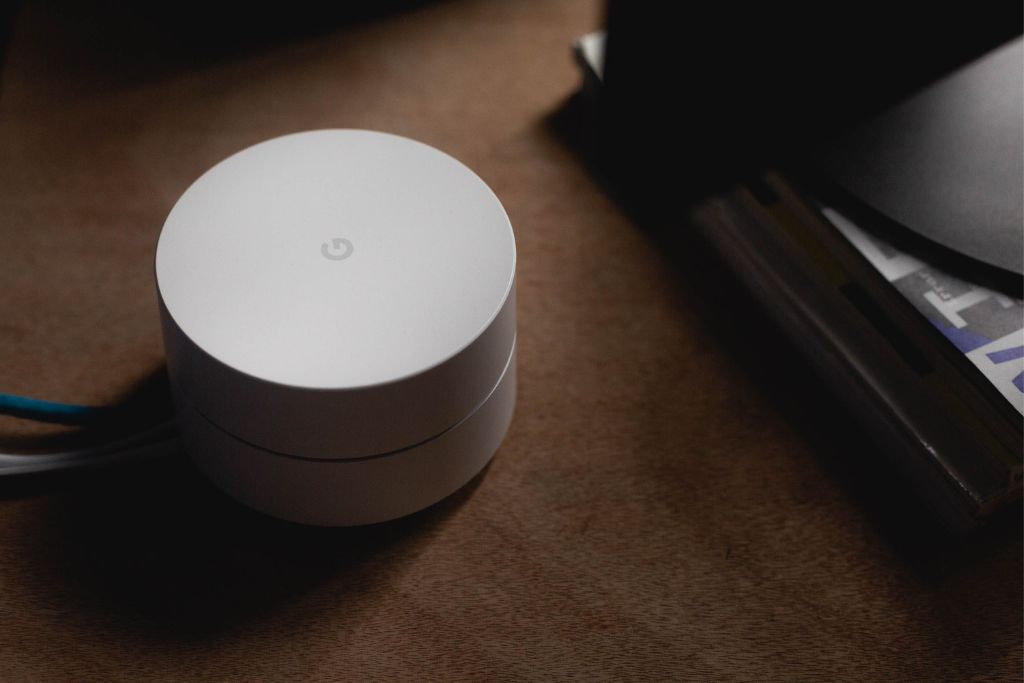
The Google Pixel 7A comes equipped with several smart features. For starters, the phone has an on-screen fingerprint sensor. It also has a 48-megapixel main camera, which uses a 4x zoom laser AF. Moreover, it offers auto HDR.
Aside from the features mentioned above, the Pixel 7A also features a pixel-shift triple rear camera. It also has Bluetooth LE, NFC, Wi-Fi, and a USB Type-C port.
Display
The Google Pixel line of smartphones continues to win awards and accolades. This includes its flagship device, the Pixel 7, and its pro version, the Pixel 7 Pro. Now, it seems that the company is preparing another device for the mid-range segment.
It is expected that the Google Pixel 7A will have a 90Hz display and a dual camera setup at the back. It is rumored to have 8 GB of RAM and a variant of 128 GB of storage.

The Pixel 6a’s display has been criticized for having a poor refresh rate. While it is still a solid performer, it is behind the competition in the high-refresh-rate arena.
According to a recent leak, the Pixel 7A will have a 90Hz Full HD display from Samsung. This is a major upgrade over the 60Hz display on the Pixel 6a. With a higher refresh rate, the battery life is also expected to be better.
Dual-SIM support
If you’re looking for a phone with dual-SIM support, there are some things you should know. Manufacturers don’t usually make much of a fuss about this, but it’s important to know what’s available before you buy.
In some cases, you’ll have to decide between using your physical SIM card or your expandable memory. In other cases, you’ll be able to use both at the same time. Ultimately, you’ll have to determine whether the device you’re considering supports 4G or 5G.
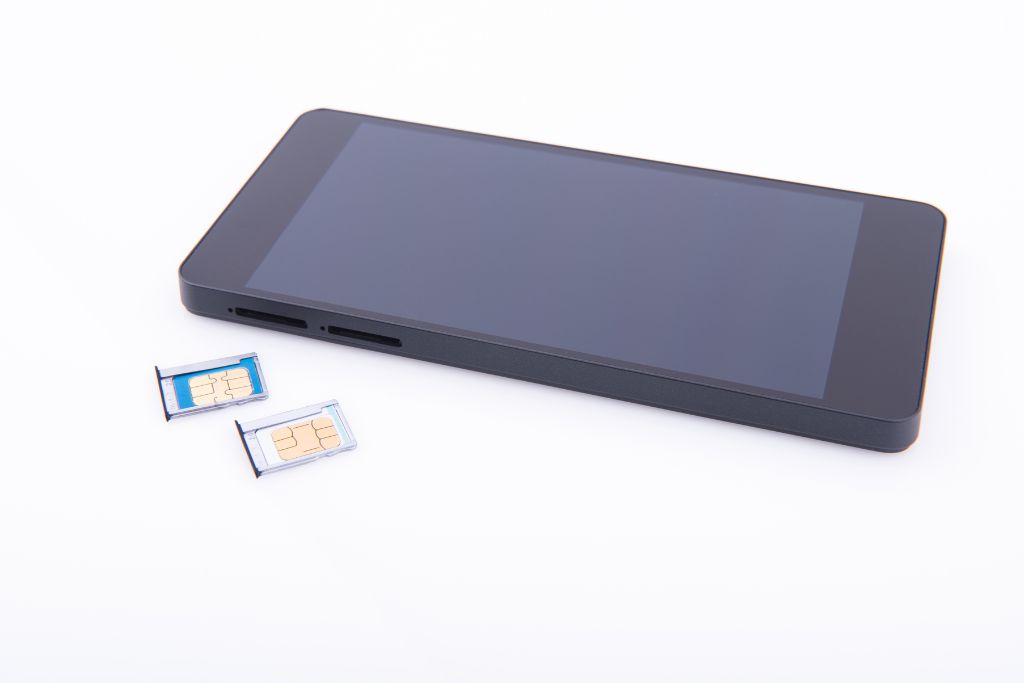
One feature you’ll definitely want to check out is the eSIM. This little chip is typically soldered onto the phone’s motherboard. It eliminates the need for a physical SIM card and allows you to connect to different wireless carriers at the same time.
Rear camera system
Google Pixel 7A is a nice phone, and it has a great rear camera system. It’s a minor upgrade over its predecessor, but it has a few new features to make it stand out.
For starters, it has a redesigned camera cutout and an aluminum back panel that looks smooth as glass. It also has the new Tensor G2 chipset, which promises to help the phone take better pictures.
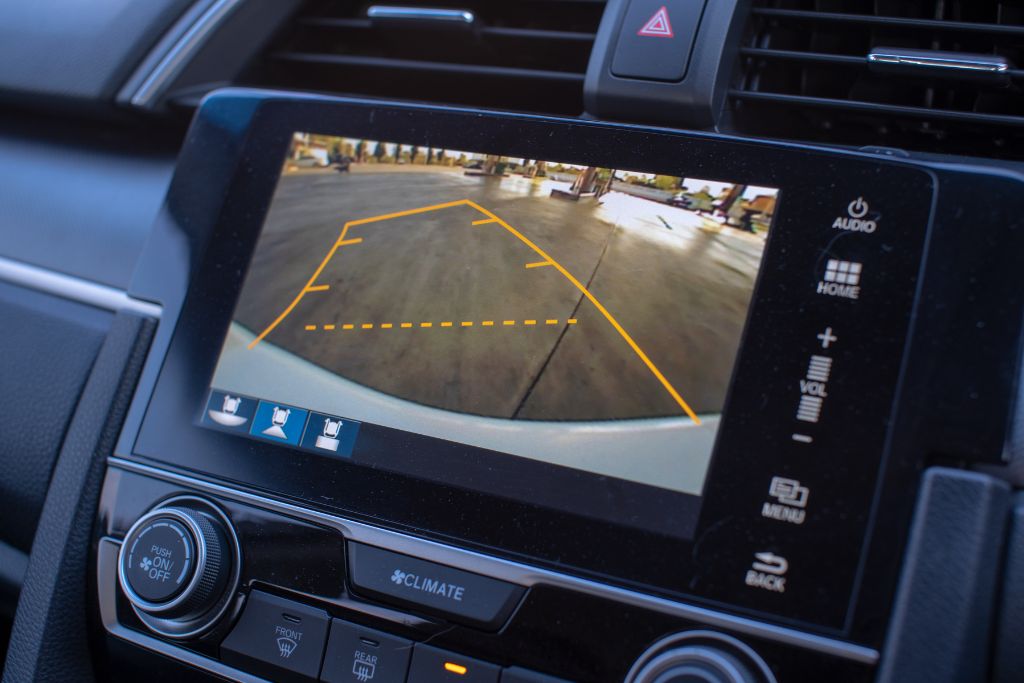
Among the best features, there is a new night mode that produces brighter and clearer photos than the previous model. This new mode is useful when shooting action shots.
The new camera also has a new feature called Photo Unblur, which will restore blurred photos. There’s also a Macro Focus mode that can be used to take photos of tiny objects.
Qualcomm-branded modem
Until recently, all smartphones released in the United States had to use Qualcomm modems. However, Google ditched Qualcomm’s chips in favor of its own. In addition, Oppo is encroaching on the US market with its own solution.
While Google has yet to make a decision on the chip it will use in its Pixel 7 series, speculation has begun to emerge. The phone will reportedly use Samsung’s Exynos 5300 modem. It will also come with a Sony IMX712 ultra-wide lens. But if there is one thing that is certain, it’s that the phone will feature 5W wireless charging.
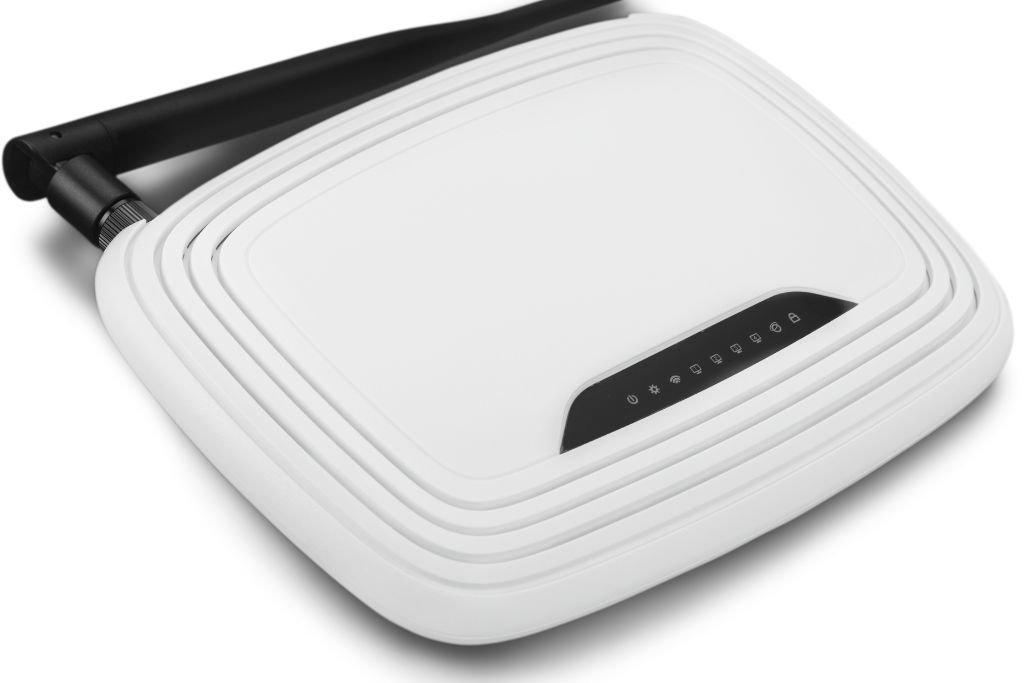
Unlike the previous Pixel series, Google’s next phone will not be a Snapdragon SoC but instead will feature a Google Tensor processor. This year’s tensor is an updated version of the Tensor processor that Google first introduced last year.




